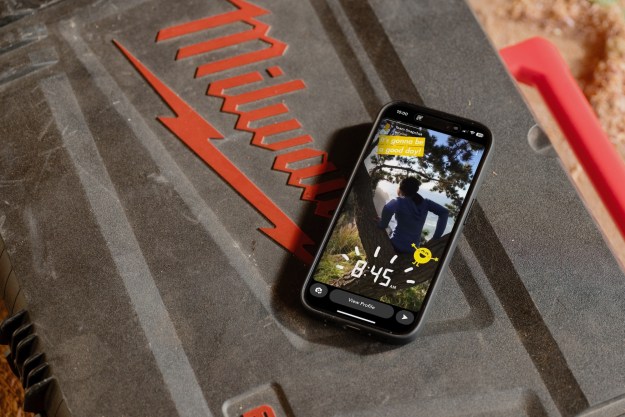Last year the One Laptop Per Child project showed off a slate tablet dubbed the XO 3.0. Hailed as the next logical step in the OLPC mission to bring inexpensive, easy to maintain computers to children in developing countries, the XO 3.0 landed with a lot of fanfare but ultimately never came to fruition. The project went back to focusing on netbook-like tablet convertibles, but the OLPC slate idea didn’t die. This year, the XO tablet is back, though without the accompanying fanfare. Even more interesting, it’s being sold in retail stores and made by one of the biggest manufacturers of low-cost electronics for kids and teens: Vivitar.
In fact, the XO Learning Tablet looks almost identical to the company’s Camelio Android family tablets. OLPC’s tablet has better specs than the Camelio and will cost a bit more. And it looks almost nothing like the XO 3.0 from last year.
The 7-inch XO Learning Tablet has a 1.6GHz dual-core processor, 1GB of RAM, 8GB of internal storage, front and rear cameras, HDMI out, and runs on Android 4.0. In other words, a pretty standard low-cost Android slate. It comes with a sleeve that makes it look somewhat like the renders of the original XO 3.0 tablet, and that’s where the similarities end. This tablet isn’t rugged, powered by the sun, or even easily fixable like the XO Tablet PC. So, what’s the point?
Price, most likely. The XO will cost $150, according to Vivitar reps, fulfilling the goal of an inexpensive tablet.
Granted, the XO also features OLPC’s learning platform, another key part of the project’s mission. Kids can choose to explore apps via “I Want To Be…” themes or just switch over to regular Android. Some parental controls are available.
What we find interesting is that OLPC decided to team up with a company like Vivitar, a subsidiary of Sakar. This company is known for creating low-end electronics and coating them with licensed brands such as Barbie, Hot Wheels, Hello Kitty, Nickeloedon, and more. Essentially, the XO tablet is just another branded product in Vivitar’s stable destined for retail stores. There are even branded accessories.
Is this an acknowledgment that a tablet like the XO 3.0 just isn’t possible? Or is it a smart way to build up the OLPC coffers so the project has more money to put into development of their more serious computer?
Editors' Recommendations
- Is this the best cheap Android tablet of CES 2024?
- This new Android tablet has an e-ink screen that destroys the Kindle
- TCL’s unusual NXTPAPER tablet won’t ruin your sleep
- Prime Day brings out the best deals on Amazon’s Kindle and Fire tablets


